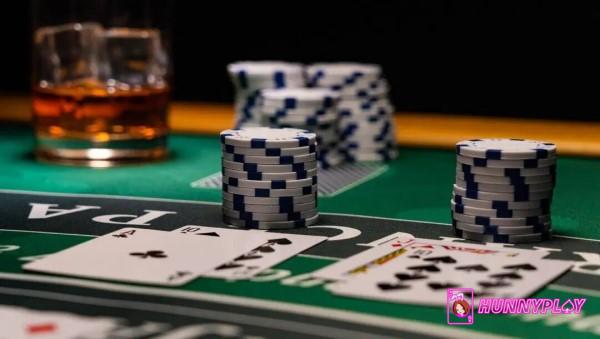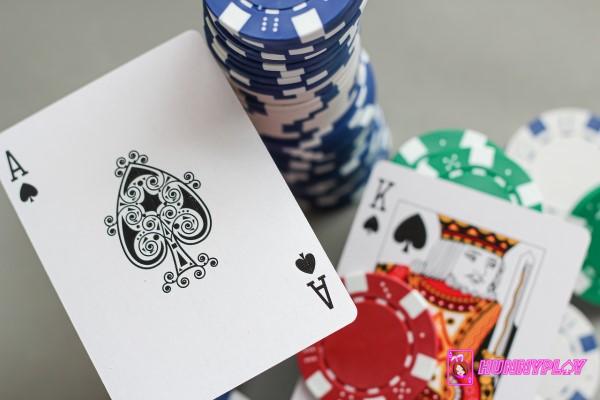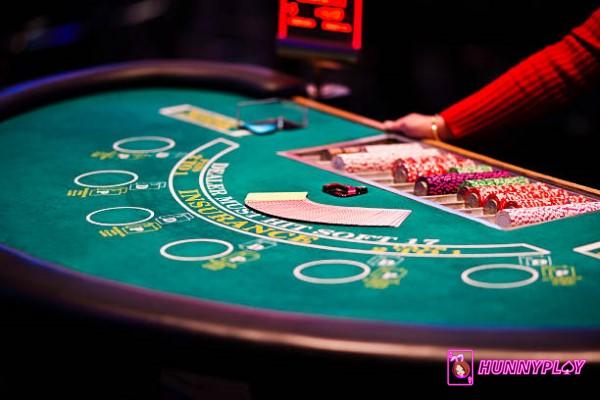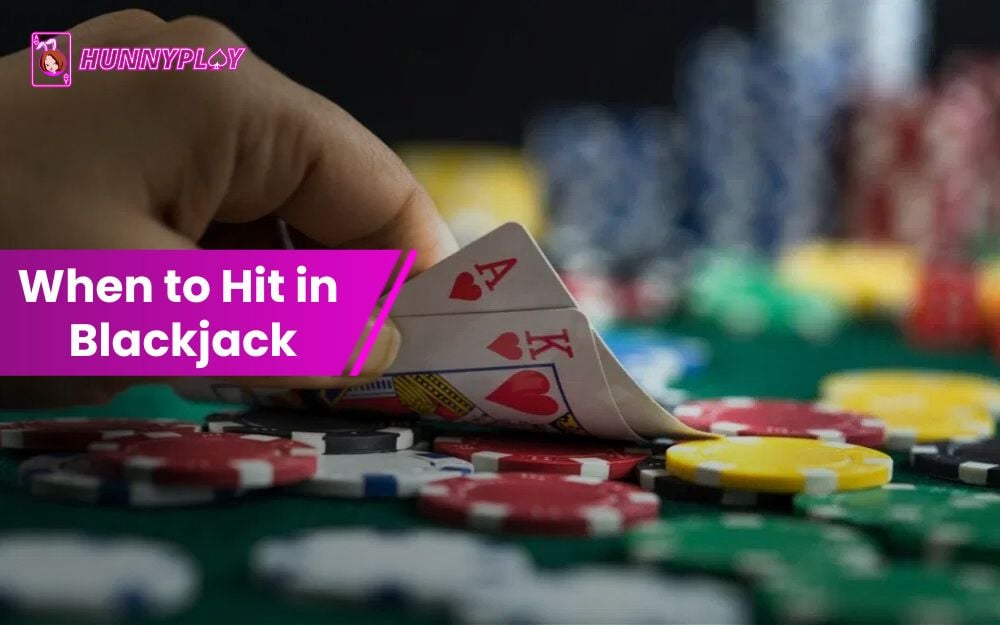Recognizing the right moment when to hit in Blackjack is vital for enhancing your winning odds. This guide covers key strategies, from understanding dealer upcards to using advanced techniques like card counting. These tips from HunnyPlay online casino will help you make the best decisions at the Blackjack table.
When to hit or stand in Blackjack?
Grasping when to hit and stand in Blackjack
In Blackjack, “hitting” means requesting an additional card from the dealer. You can keep hitting until you either “bust” by exceeding 21 or choose to “stand” and stick with your current total.
The aim is to approach 21 as closely as possible without exceeding it.
Mastering the decision of when to hit in Blackjack (or stand) is crucial. Even standing on a lower hand can be strategic if you’re at risk of busting.
When to hit in Blackjack?
Generally, if your total is 8, you should hit regardless of the dealer’s card. With numerous 9 and 10-value cards in the deck, your odds of improving your hand are favorable.
Similarly, if the dealer shows a high card, indicating they might achieve 21 or a strong hand, consider hitting your high cards too. The target is to beat the dealer’s score.
However, if winning seems unlikely, taking another card might be wise. For instance, if you hold 13 or 14 and the dealer has 7 or higher, you’re in a tough spot and should hit.

If your total is 21, of course the answer to the question when to hit in Blackjack is NO. (Source: Internet)
When to Stand in Blackjack?
Besides finding out “When to Hit in Blackjack?“, the question of when to stand also needs attention.
You should always stand on totals of 17, 19, or 20. Taking another card in these situations increases the risk of going bust, regardless of the dealer’s hand.
Be mindful of favorable hands that can be split, such as 8-8, 9-9, or 10-10. Dividing these pairs can create two formidable hands.
Distinguishing between soft and hard hands is essential. A “soft” hand contains an ace, which can count as either 1 or 11, while a “hard” hand is composed of cards without an ace.
This distinction can influence your decision to hit or stand. For instance, with a “hard” 16 (like 9-7), you should stand if the dealer has a 2, 3, 4, 5, or 6.
Conversely, with a “soft” 16 (such as A-5), it’s wise to hit if the dealer shows a 2. You might even consider doubling down if the dealer shows a 3, 4, 5, or 6.
Why? Because a Soft Hand has the potential to become a much stronger total with the draw of a high-value card.

Basic chart of when to hit in Blackjack (and stand) (Source: Internet)
Hit and stand in Blackjack variants
The allure of online Blackjack lies in its variety. Players can explore multiple variants, each offering unique twists on the traditional game. Understanding when to hit or stand in these different versions is crucial for success.
European Blackjack
- In European Blackjack, players typically have two or three main moves: hit, stand, and sometimes double down.
- There are no hole cards for the dealer, which influences your strategy.
Atlantic City Blackjack
- This variant introduces the “surrender” option.
- Players can surrender their hand early and receive 50% of their stake back.
- For instance, if you hold a 15 or 16 and the dealer shows a 9, 10, or Ace, surrendering may be a strategic choice.
Vegas Strip Blackjack
- Vegas Strip Blackjack allows splitting up to three times.
- Players can double down after splitting, increasing potential gains.
Spanish 21
- In Spanish 21, all 10s are removed from the deck.
- This variant offers additional options like doubling down on any number of cards and late surrender.
Pontoon
- Similar to Spanish 21, Pontoon has unique rules.
- Players can hit and stand more flexibly, with five-card hands paying extra.
Each Blackjack variant requires a nuanced approach to hitting and standing. By adapting to the specific rules and options of each version, players can optimize their strategy and enhance their chances of winning.
Common mistakes to avoid when hitting Blackjack
Based on the insights discussed regarding “when to hit in Blackjack”, players can identify and avoid common mistakes when hitting, including:
- One frequent error is hitting on a high total like 17 or above. The risk of busting is too high, so it’s better to stand.
- Failing to consider the dealer’s upcard is another mistake. For example, hitting on a 12 when the dealer shows a 6 is usually unwise.
- Players often mismanage Soft Hands. A Soft Hand like A-6 offers flexibility, and not hitting or doubling down can be costly.
- Ignoring basic strategy charts is also problematic. These charts guide optimal moves based on your hand and the dealer’s upcard.
- Lastly, avoid emotional decisions. Stick to a clear, strategic approach to minimize unnecessary risks.

Overlooking basic strategy charts can be risky when you playinng Backjack. (Source: Internet)
Practical tips to improve your hitting decision
Mastering when to hit in Blackjack is crucial for success. Take into account these important tips:
- Always consider the dealer’s upcard: This helps gauge the risk and guide your decision-making process.
- Understand the difference between Soft and Hard Hands: Soft Hands, containing an ace, offer more flexibility. Use this advantage to hit or double down when appropriate.
- Refer to basic strategy charts: These charts provide tested strategies for every possible hand combination. Following them can significantly enhance your hitting decisions.
- Avoid emotional decisions: Stick to a clear strategy and avoid impulsive moves. This will help minimize risks and maximize your winning potential.

Improving your hitting decision means you are mastering yourself at the Blackjack table. (Source: Internet)
Conclusion
Knowing when to hit in Blackjack is vital for any player aiming to win. By considering the dealer’s upcard, using basic strategy charts, avoiding emotional decisions and practicing regularly, you can make more informed hitting decisions.
Master these strategies to enhance your gameplay and increase your chances of success. For more expert tips and a top-notch gaming experience, visit HunnyPlay today.





















